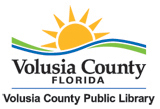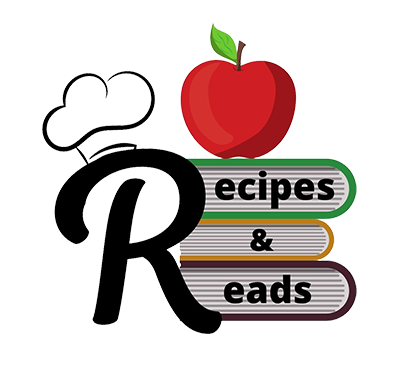 Recipes and Reads: Culinary Labs
Recipes and Reads: Culinary Labs
Culinary Lab workshops serve up comprehensive, culinary literacy programs that include hands-on demonstrations of food and nutritional literacy; food acquisition methods; food handling, hygiene and safety; culture and history of food; and consumer cost-saving techniques and meal stretching. Each of the culinary lab workshops may include the use of fully stocked mobile, kitchen carts to aid in these food-related demonstrations. The labs are strategically located at library branches throughout the county and serve all ages. Registration may be required, at some locations, for Recipes and Reads: Culinary Lab workshops.
Holiday Cooking Traditions
October marks the month when home cooks begin to make plans for the upcoming holiday season. Food is associated with memories, and everyone has their own memorable holiday dish or favorite meal. Here are a few traditional holiday favorites and the history of the dish.
Turkey
The tradition of Thanksgiving dinner is often associated with New England and the landing of the Pilgrims, though many places claim to have held the first event. Sarah Hale, writing in Godey’s Lady’s Book from 1837 onward, advocated for Thanksgiving to be celebrated as a national holiday. Hale wrote about the ideal meal with the emphasis on a roast turkey, filled with stuffing, to be at the head of the table. Nearly one third of all turkey consumption in the United States occurs during the holiday season of November and December.
Cranberry Sauce
Cranberry harvest starts in mid-September and runs through mid-November making the tart berries plentiful during the holiday season. The berries became staple crop in the early 1800s in New England. To extend the short selling season, growers came up with a method of “jellying” the berries and canning the result so that it is shelf stable. The jelled product acts as a sauce when warmed. Cranberry sauce, homemade or from the can, can be used with a variety of meats including turkey, pork, chicken, and ham.
Latkes
Latkes are traditionally eaten during Hanukkah. The dish is an important symbol of the historical challenges faced by those of the Jewish faith. Originally made of cheese, the recipe changed to potatoes around 200 years ago. The potato patties are fun to make and are tasty as they are fired in oil to a crisp, golden brown.
Pumpkin Pie
Pumpkins are native to central America. Spanish explorers took pumpkins and the pumpkin plants to Europe, where they began to be used in cooking. Over the years, pumpkin has become synonymous with pie. The first pumpkin pie recipe that resembles modern pumpkin pie appeared in 1796.
Want to try a historic pumpkin recipe? The following pumpkin “pie” recipe dates to the 1700s and was a popular way to make a dessert out of the squash.
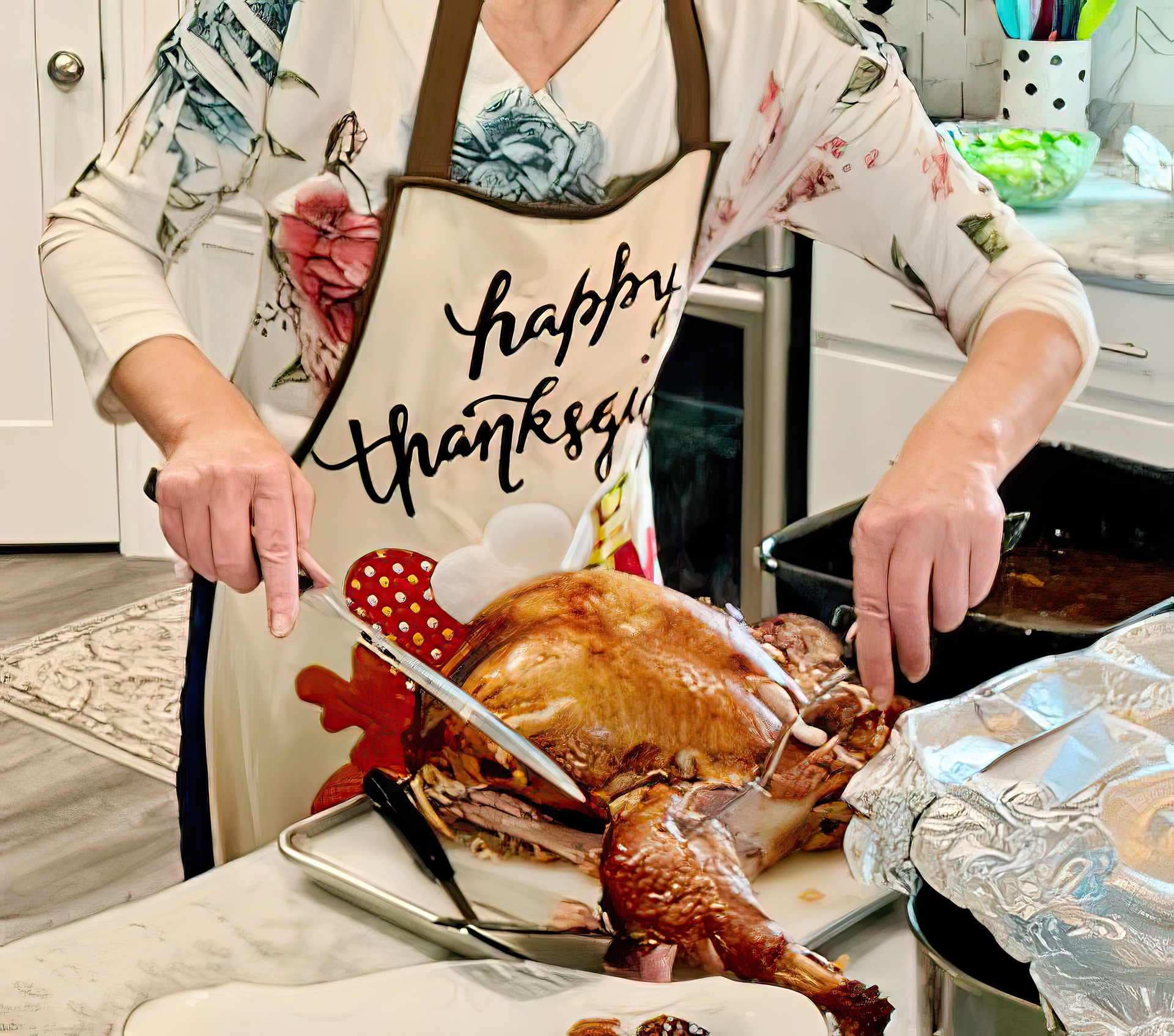
Photo Credit: "Woman Carving Turkey" by Jill Wellington (Image on Pixabay)
Recipe: Pumpkin Pie
Ingredients
- 1 small pumpkin (pie pumpkin or sugar pumpkin works best)
- 3/4 cup granulated sugar
- 3 large eggs plus 4 egg yolks
- 1/2 TBS vanilla extract
- 2 cups heavy cream
- 1 tsp cornstarch
- 1/8 tsp salt
Instructions
- Prepare the pumpkin by carefully cutting top off pumpkin. Scoop out the seeds and pulp. Rinse the exterior of the pumpkin and dry. Place pumpkin on a foil lined baking sheet.
- Preheat oven to 400 degrees F.
- In a large mixing bowl, whisk together the sugar, eggs, and vanilla until combined.
- Add the heavy cream and salt to the mixture, whisking until fully combined.
- In a small bowl, dissolve the cornstarch with a teaspoon of water. Whisk into the cream mixture.
- Carefully pour the mixture into the prepared pumpkin, stopping when there is about an inch of space between the mixture and the top of the pumpkin. Place in center of oven and bake for 15 minutes.
- Carefully cover the top of the pumpkin loosely with foil and continue to bake for another 15 minutes.
- Lower oven temperature to 375 degrees and place the top of the pumpkin on the baking sheet for 15 minutes.
- Remove foil from top of pumpkin and bake an additional 30 minutes. “Pie” is done when knife inserted into center of custard comes out mostly clean.
- Turn off oven and allow pumpkin to cool for an hour and then place in refrigerator to allow custard to set (around 6 hours).
- To serve, present pumpkin (with top on) to guests. Remove top and scoop out custard into small dishes (scraping a bit of the pumpkin as well into the dish for added flavor).
Recommended reads
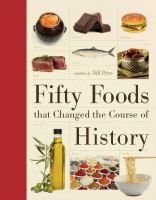 Fifty Foods That Changed the Course of History by Bill Price
Fifty Foods That Changed the Course of History by Bill Price
Reserve a copy
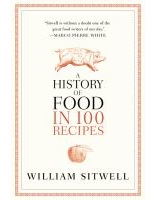 A History of Food in 100 Recipes by William Sitwell
A History of Food in 100 Recipes by William Sitwell
Reserve a copy
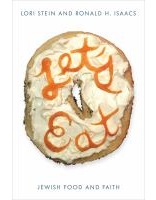 Let’s Eat: Jewish Food and Faith by Lori Stein
Let’s Eat: Jewish Food and Faith by Lori Stein
Reserve a copy
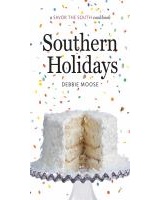 Southern Holidays: a Savor the South Cookbook by Debbie Moose
Southern Holidays: a Savor the South Cookbook by Debbie Moose
Reserve a copy
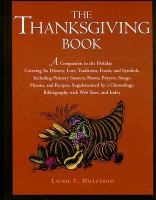 The Thanksgiving Book by Laurie Collier Hillstrom
The Thanksgiving Book by Laurie Collier Hillstrom
Reserve a copy
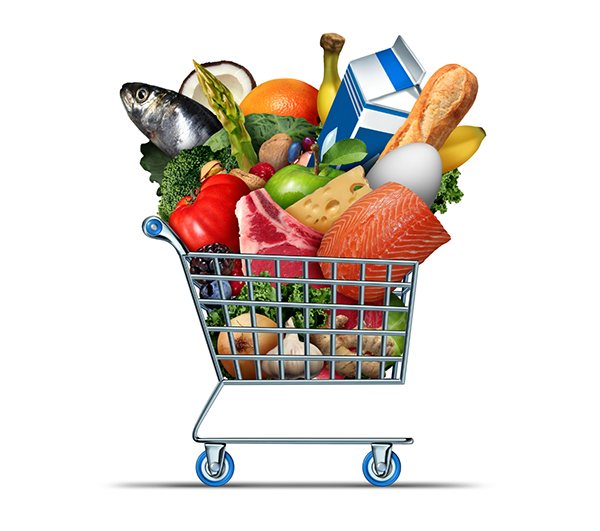
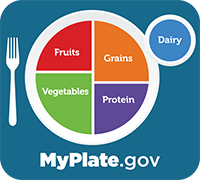 Resources
Resources
FDA Food Labeling and Nutrition
Food Waste Prevention (April only)
Florida Department of Agriculture Nutrition Programs
Florida Department of Agriculture Food Recovery Program
Florida Department of Health in Volusia County
Healthiest Weight Florida Initiative and Healthiest Weight Brochure
